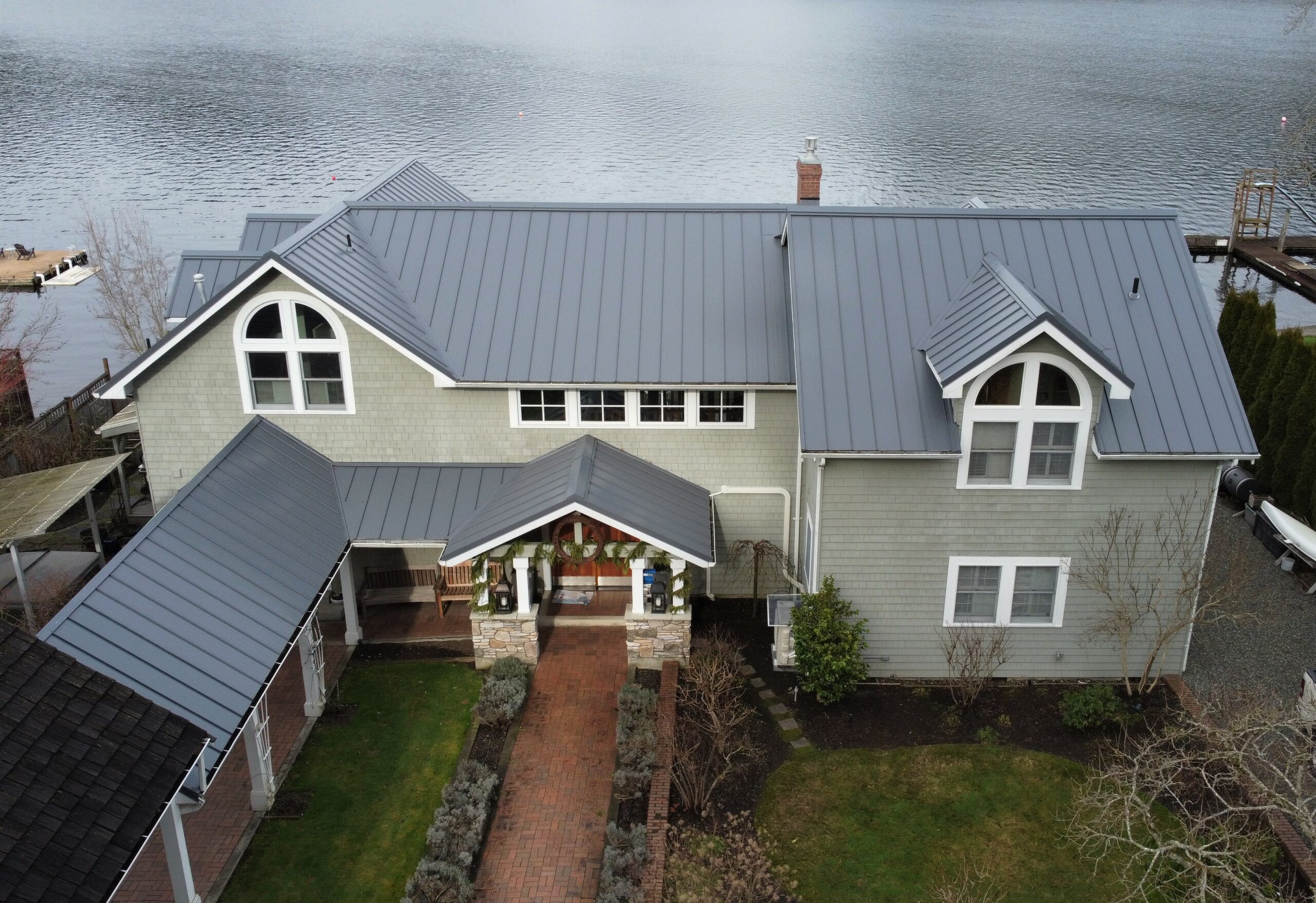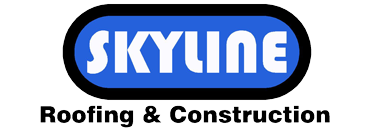
What are the Components of Metal Roofing?
Metal roofing is a popular roofing option known for its durability, longevity, and energy efficiency. It is also highly resistant to fire, mildew, insects, and rot. In addition, there are several types and colors of metal roofs to choose from, depending on your budget and preferences. If you’re considering a metal roof for your home or building, you may be curious about what are the components of metal roofing?
As experienced metal roof contractors, we are here to answer your questions and help you choose the best metal roof for your needs. Contact us today to get started.
What are the Components of Metal Roofing?
The components of a typical metal roofing system can vary slightly depending on the specific type of metal roofing being used, but here are the common elements:
Metal Panels or Sheets
These are the main covering of the roof and are typically made from various metals such as steel, aluminum, zinc, copper, or a combination of these materials. Metal roofing panels come in various profiles, shapes, and sizes to suit different architectural styles and performance requirements.
Underlayment
Beneath the metal roofing panels, there is usually an underlayment, which serves as a secondary barrier against moisture. Common underlayment materials include synthetic or asphalt-saturated felt, but the choice may depend on local building codes and climate conditions.
Roof Decking
The metal panels are typically attached to a solid roof decking, which is usually made of plywood, OSB (oriented strand board), or another suitable material. The roof decking provides structural support for the roofing system.
Fasteners
Fasteners are used to secure the metal roofing panels to the roof decking. They can be screws or nails, and they are often designed to be weather-resistant to prevent leaks.
Flashing
Flashing is a critical component that prevents water from entering at vulnerable points, such as roof edges, valleys, vent pipes, and chimneys. It is typically made of metal, such as galvanized steel or aluminum, and is installed to create a watertight seal.
Ridge Caps
Ridge caps are special metal pieces installed at the peak of the roof to cover the joints where two sloping sides of the roof meet. They help to protect against water infiltration at this high-exposure area.
Eave Trim and Gutters
Eave trim is installed along the eaves of the roof to provide a finished edge and direct water into gutters. Gutters and downspouts are important for channeling rainwater away from the roof and foundation.
Ventilation
Adequate ventilation is crucial to control temperature and moisture levels in the attic space. Ventilation components may include ridge vents, soffit vents, and gable vents.
Sealants
Sealants are used to create watertight seals at joints, seams, and around fasteners. They help prevent water infiltration and ensure the roof’s integrity.
Snow Guards or Brackets
In areas prone to heavy snowfall, snow guards or brackets may be installed on the roof to prevent snow and ice from sliding off in large sheets, which can be dangerous.
Insulation
While not a visible component, insulation may be installed beneath the roof decking to improve energy efficiency and thermal comfort in the building.
Coatings
Some metal roofing systems have protective coatings applied to enhance durability, resistance to corrosion, and energy efficiency. These coatings can also affect the appearance of the roof.
Keep in mind that the specific components and their installation methods can vary based on the type and design of the metal roofing system chosen, local building codes, and climate considerations. It’s important to consult with a qualified roofing professional for proper installation and to ensure the roofing system meets all relevant requirements.
How to Choose the Right Metal Roof
Choosing the right kind of metal roof for your specific needs involves considering several factors. You will need to start by establishing a budget for your roofing project and getting some price quotes from Bellingham roofing contractors. Compare not only the cost but also their experience, reputation, and the warranties they offer.
Material and roofing profile
Next, you will need to choose a metal roofing material and roofing profile. Common metal roofing materials include steel, aluminum, copper, and zinc. Each has its own unique characteristics. For example, metal roof panels come with varying rib designs and surfaces. Panels can be flat, striated, or ribbed. Fasteners can be visible or concealed. They also come in different sized widths. The gauge of the metal is also important. If your home is located in areas with high winds or exposure to salt water a thicker gauge of metal will perform better.
Pro Tip: You will want to examine the warranties provided by the roofing material manufacturers so you can understand what is covered and for how long.
Once you have chosen your material, it’s time to select a roofing profile. Metal roofing comes in various profiles, such as standing seam, corrugated, and shingle-style panels. The profile you choose can impact the aesthetics and performance of your roof.
Other factors
Other factors to consider are color and finish and the installation requirements and maintenance needs of each metal roofing material. Consider energy-efficient coatings that reflect sunlight to help regulate your home’s temperature. Some metal finishes work better in coastal areas than others, or may be more scratch resistant.
Work with Bellingham licensed and bonded roofers who are up to date on local building codes and any restrictions related to roofing materials or colors. Some areas have specific requirements for roofing materials due to historical or aesthetic considerations.
Talk to friends, family, or neighbors who have installed metal roofs and ask about their experiences and recommendations. Google reviews and testimonials are also a great way to learn what it’s like to work with a particular roofing company.
By considering these factors and conducting thorough research, you’ll be better equipped to choose the right kind of metal roof that suits your budget, climate, and aesthetic preferences while providing long-lasting protection for your home. Consulting with a roofing professional can also provide valuable insights and guidance in making your decision.
Trust Skyline Roofing & Construction for Your Roof Installation Needs
At Skyline Roofing & Construction our roofing professionals always strive to add value to your home or business for the long term. Contact us today if you are looking for an experienced, licensed roofing contractor to install, repair, or maintain your roof. Skyline Roofing is located in Bellingham, WA and we presently serve Whatcom, Skagit, and Island Counties.
License #SKYLIRC854Q








No Comments
Sorry, the comment form is closed at this time.